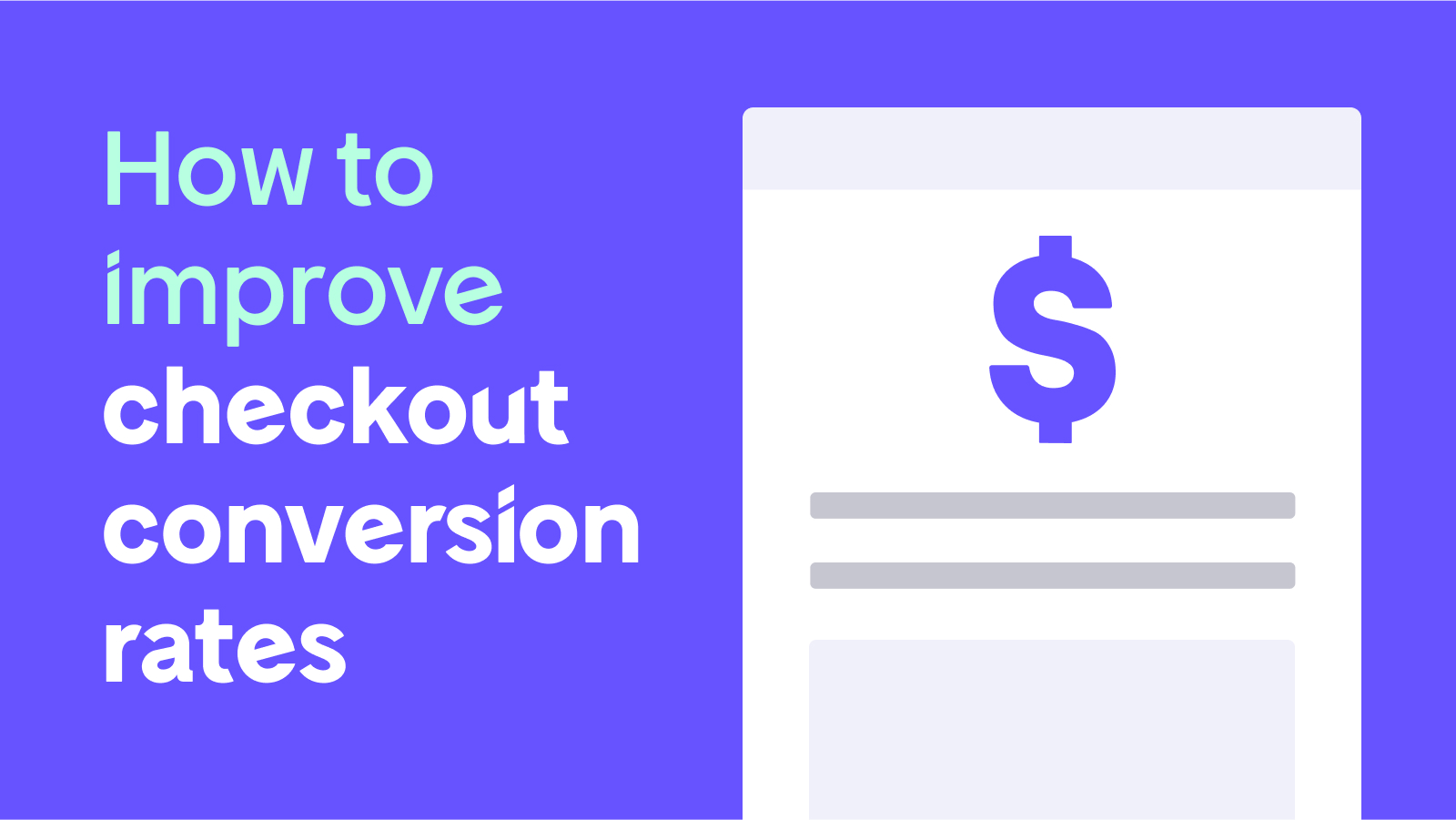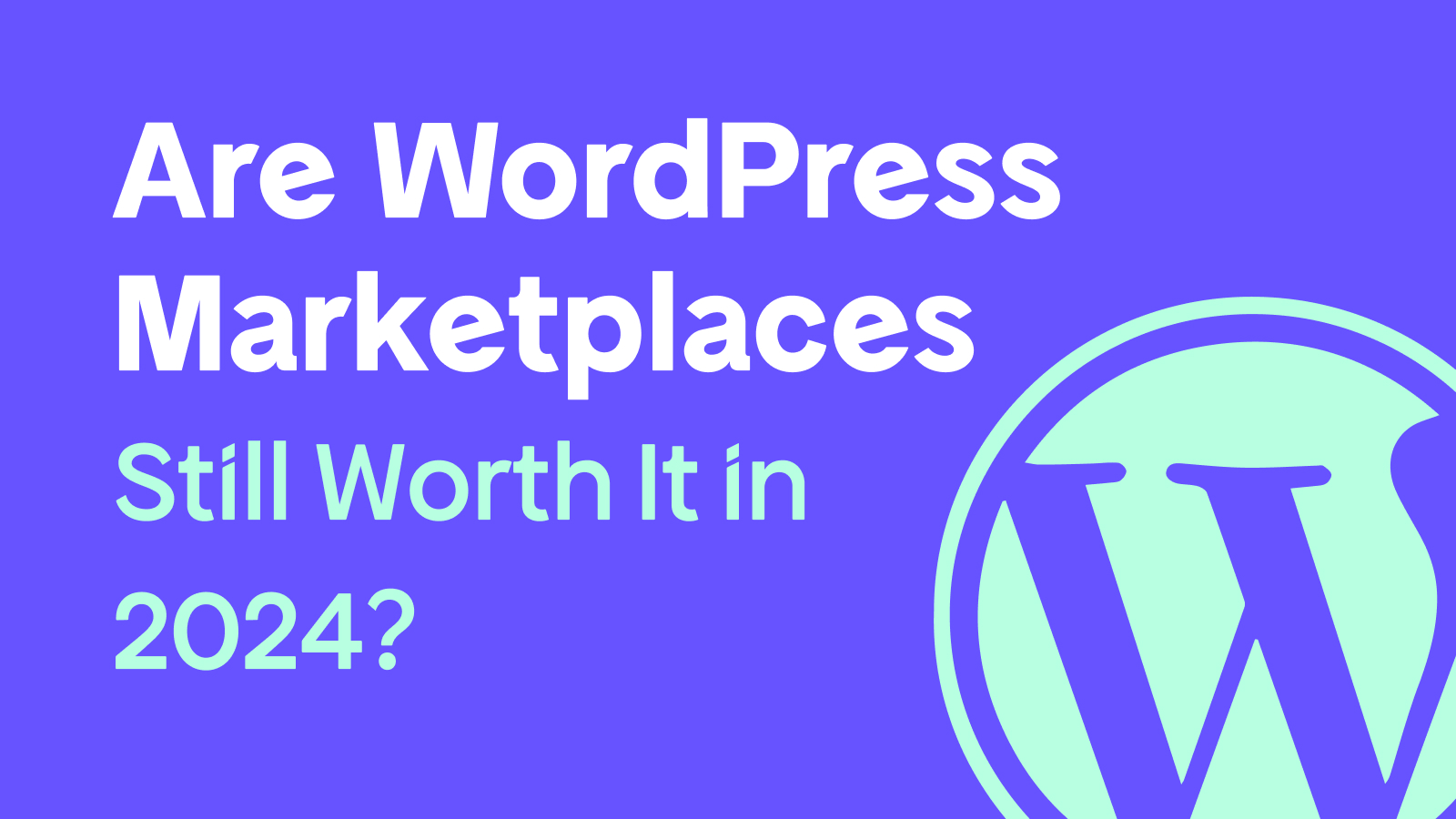|
|
Creative Market is becoming a popular choice for WordPress product makers, offering access to a community of over 10 million creative professionals. It allows sellers to set their own prices, manage support, and access analytics.
For products with a strong visual element, like themes, Creative Market’s focus on design-conscious buyers is a clear advantage. However, the platform takes a 50% commission, which raises the question: Is Creative Market the best option for your software business in 2024?
Allow us to help you find the right answer with insights from three experts:
- Eli Itzhaki runs his locksmith company Keyzoo full-time but started selling WordPress themes on Creative Market to diversify his income
- Kevin Shahnazari is the CEO and founder of FinlyWealth, a fintech company that sells WordPress themes on Creative Market for financial services websites
- Forhad Hossain is the co-founder and COO of Pluginic, a WordPress development company selling themes on Creative Market
But first, some background.
A Brief History of Creative Market
Creative Market’s vision is to make high-quality, handcrafted design resources accessible to everyone. Their mission is to provide independent creators with a platform to easily sell digital products to an audience who appreciates and needs said resources.
Much like Envato, Creative Market primarily offers design products like fonts and graphics. While some plugins are available, themes — being inherently visual — align more closely with the platform’s focus and thus offer more opportunities for WordPress makers with a designer’s eye.
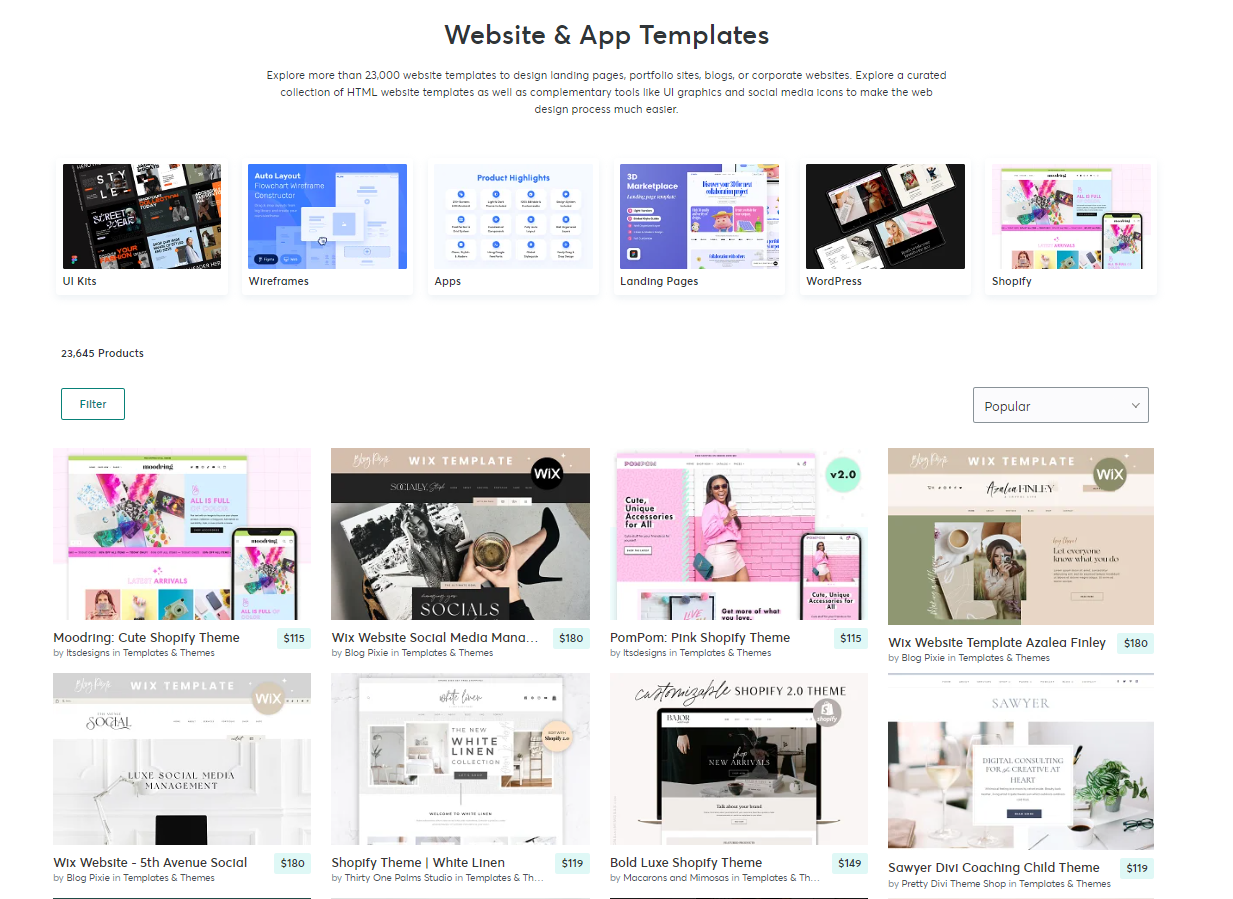
Founded in 2012, the company was acquired in 2014 by Autodesk, a global leader in design and engineering software.
Autodesk wanted to “develop more consumer-focused offerings for the maker movement” and incorporating Creative Market into their software ecosystem would expand their footprint in the design world. From Creative Market’s point of view, the acquisition was a strategic move to provide designers with even more resources, leveraging the platform’s community-driven approach to complement Autodesk’s professional tools.
However, three years later, the founders and a group of investors reacquired Creative Market for $7 million, allowing it to return to its roots as an independent company focused on empowering creators.
According to founder Aaron Epstein:
“We have more resources than ever to grow the marketplace and invest in the things that will have the biggest impact for this community, without the need to be strategic to a parent company’s goals.”
2020 brought more changes and Creative Market was acquired again, this time by Dribbble, an online platform for designers to showcase their portfolios and find job opportunities. The plan was to keep both companies and teams separate, but joining forces made sense. As Dribbble’s CEO Zack Onisko — who was previously Creative Market’s Chief Growth Officer — explained:
“We’re able to do our own thing and beat our own drums while marching on our own roadmaps.”
With the history behind us, let’s unpack some meaningful statistics and insights for WordPress makers thinking of selling their products on Creative Market.
Selling WordPress Products on Creative Market
Sellers on Creative Market are called “Shop Owners.” Each Shop Owner has a “storefront” to display their products, share their bio and announcements, and show customer reviews and interactions.
Let’s examine the ins and outs of selling more closely.
| Number of themes and plugins on Creative Market | 4018 themes. It’s unclear how many plugins are listed as they are not included on the menu and search results are inconclusive — typing in WordPress plugins serves up many themes too. |
| Who owns Creative Market? | Dribbble. |
| Price range of themes on Creative Market | $19 – $666. |
| Does Creative Market offer sellers analytics or customer insights? | According to Creative Market’s ‘Open a Shop’ page, it gives vendors access to stats, allows them to interact with customers, and provides a messaging system for handling support.
The sales statistics and shop analytics include a sales dashboard, traffic details, and marketing tools. |
| Does Creative Market help sellers with exposure, traffic, or marketing? | They market all sellers through email newsletters, their homepage, “free goods of the week”, blog posts, curated finds, staff picks, and social media.
However, no explicit mention is made about whether they have any specific processes to give exposure to your product. You can, however, market your products through ‘Shop Updates’. |
| Does Creative Market enforce exclusivity? | No. |
| How big is Creative Market’s user base? | It has a market of 10 million members across the platform. |
| Does it have a tutorials page or forum for developers? | No, but it does have a community forum for all sellers, as well as Shop Support. |
| Does Creative Market have a customer forum? | It has a support page. |
| Does Creative Market offer lifetime support to customers? | Depends on the sales conditions of the product, which are determined by the seller. Check out this example. |
| How much commission does Creative Market give to sellers? | Sellers — or ‘Shops’ — earn 50% from each sale. What’s more, when a user with a Creative Market membership purchases a product, Creative Market will absorb the difference (more on this later). |
| How does Creative Market’s billing work? | Payouts can be requested between the first and last day of the month, as long as there is a minimum of $20 in your account. Payments for the previous month should clear before the 10th of the current month. Creative Market uses Tipalti to take care of its payouts and taxes. |
| Does Creative Market handle taxes? | Creative Market collects sales taxes from buyers from certain US states and withholds 30% from sellers if their country doesn’t have a tax treaty with the US.
Sellers are automatically registered on Tipalti, which stores their tax information. |
| Does Creative Market offer multi-currency support? | No. All transactions are processed in USD. |
| How does Creative Market’s checkout process work? | Customers are taken to a checkout cart that calculates estimated sales taxes. A GPL license is also included with each theme. |
| Does Creative Market have an affiliate program? | Yes. |
Now that we’ve explored the details of selling on Creative Market, let’s weigh the pros and cons.
The Pros of Selling WordPress Products on Creative Market
Great Value Propositions for Buyers
Since being reacquired, Creative Market has introduced several new features aimed at enhancing user experience and expanding its product offerings.
Notably, the platform rolled out a subscription service that lets users save 5–25% on all of its inventory and access a free monthly product bundle valued at $1,000.
Why is this beneficial for sellers?
- Creative Market absorbs the discount differences from membership purchases, allowing sellers to maintain their original pricing while attracting more buyers.
- As users enjoy significant savings, they are more likely to explore and purchase products they may not have considered otherwise.
- This increased traffic and sales volume can lead to higher overall earnings for sellers, despite the discounts offered to subscribers.
Great UX for Sellers
Eli says Creative Market’s simple interface is designed to make selling easy for shop owners.
This is helpful when you’re juggling multiple responsibilities — like working a full-time job and running a side hustle. Listing products is a seamless process with clear steps and guidelines, while the backend tools for managing sales and customer interactions are intuitive.
“This ease of use means minimal time is spent on store management, enabling you to focus on selling. For those who aren’t full-time digital creators, this helps maintain your presence in the marketplace without overextending time and energy.”
Social Proof Elements
Creative Market includes customer reviews and ratings, which help buyers make informed decisions and build trust around products within the community.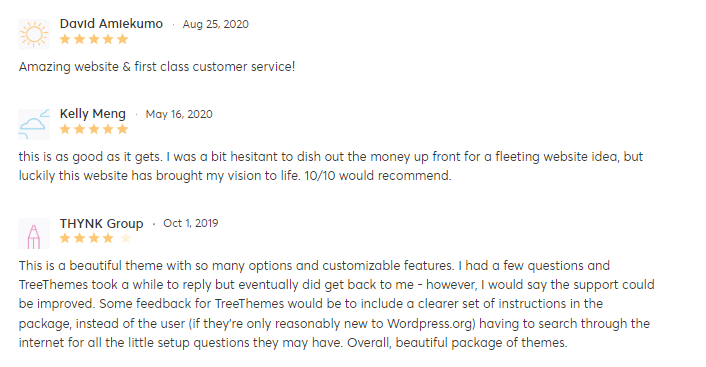
User reviews on Tree Themes’ WordPress theme, Aspen
Tax Handling
Creative Market’s tax and payout system is powered by Tipalti, ensuring secure tax and payout management and compliance with global tax standards. This simplifies managing financial information and helps prevent errors and delays in payouts, making it easier for sellers to focus on their business without worrying about tax issues.
Still, the IRS does require Creative Market to withhold tax, which can be as much as 30% for sellers from countries that don’t have tax treaties with the US. You can find out more about withholding rates for different countries here.
Analytics and Insights
Sellers can access Sales Statistics & Shop Analytics to better understand their shop’s performance and improve their strategies.
- The Sales Dashboard provides metrics like sales stats, earnings, products sold, and conversion rates. Sellers can also export sales data to CSV, sort by shop sales or referral commission, and select date ranges for detailed analysis.
- Traffic Details breaks down where sales are coming from and helps sellers differentiate between traffic that leads to views and traffic that results in actual purchases.
- Marketing Tools allows shop owners to share their products on social media and set monthly Share Goals (how often they’d like to share in a given month).
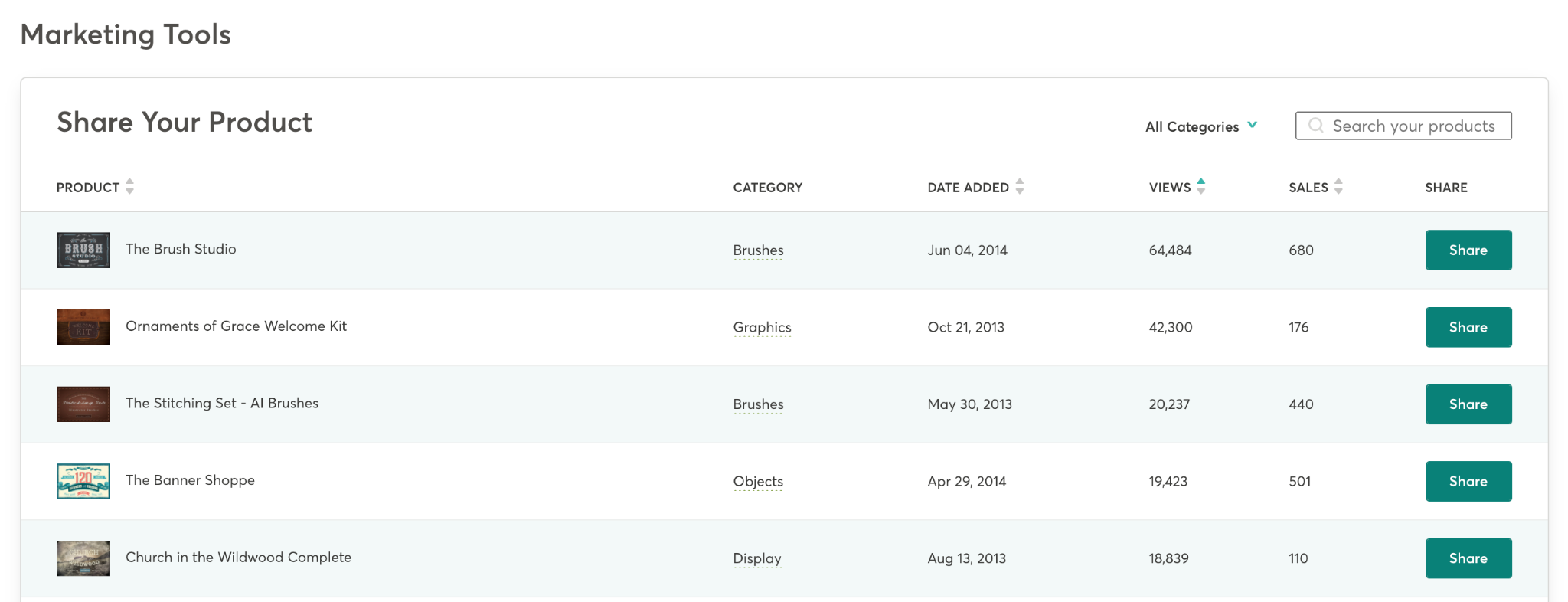
Kevin explains the value of these features: “The platform’s analytics tools have played a crucial role in refining our product offerings. By closely monitoring user engagement and sales trends, we’ve been able to continuously improve our designs and better align with market demands. This data-driven strategy has led to a notable increase in our conversion rates over time.”
Minimum Prices
Creative Market enforces minimum prices to ensure sellers receive fair value for their work and to prevent a detrimental race to the bottom. By setting these minimums, the marketplace protects sellers from underpricing and encourages product quality over cost-cutting strategies.
Creative Market encourages sellers to adopt a Value-Added pricing strategy, where minimum prices are established based on current market trends, the competitive landscape, and — most importantly — the value each product delivers.
For example, WordPress themes must be priced at a minimum of $19, ensuring a baseline level of quality and value (the minimum price for plugins is not specified).
This approach encourages quality and fair compensation, aligning with market trends and competitive positioning.
Unfortunately, there are three big drawbacks to selling on the marketplace.
Subscribe and grab a free copy of our WordPress Plugin Business Book
Exactly how to create a prosperous WordPress plugin business in the subscription economy.

The Cons of Selling WordPress Products on Creative Market
The biggest cons of selling on Creative Market are high commissions, high competition, and potential undervaluation of offerings.
High Commissions
This won’t surprise you if you’ve read our articles about WordPress marketplaces in 2024 and selling WordPress products on TemplateMonster.
One of the biggest downsides of selling on Creative Market is its high fees, as the marketplace takes 50% of each sale. What’s particularly confusing is Creative Market’s statement that 50% is the default, but “commission rates do vary per shop/product“.
Despite the uncertainty, the 50% commission means half of your revenue from each sale goes to the marketplace, which can greatly reduce your profit. Creative Market claims this fee covers credit card processing and marketing costs, but it still feels too high.
In addition, Creative Market mentions that “from time to time, one-time discount codes are sent to attract new customers and encourage repeat business. If your customer applies a code, your earnings will be based on the total discounted price”.
One-time discount codes can pose a significant disadvantage, especially for creators with lower-priced products or those relying on high-volume sales, where every dollar counts.
Note: These one-time discount codes are separate from the subscription service discounts mentioned earlier. While the subscription service allows users to enjoy continuous savings on the platform, Creative Market absorbs the discount differences from membership purchases so sellers can maintain their original pricing and profits.
High Competition
Creative Market is saturated with sellers, especially in popular categories like WordPress themes.
“Standing out in such a crowded market can be challenging if your themes don’t have something unique to offer,” Eli points out. “It’s more than just having a great product — you also need to consistently promote and update it, and find ways to differentiate it from the thousands of other themes available.”
Without a clear strategy for keeping products visible and relevant, sellers risk being drowned out by competitors. Kevin has found that targeting your audience can help: “We’ve focused on creating highly specialized themes that cater to specific niches within the financial sector. This strategy has helped us discover a unique position and attract more customers.”
No Choice But to Undervalue Your Offerings
Forhad adds that even with minimum price limits, competition can still push you to charge less than your products are worth, affecting your profitability. “It’s easy to feel the pressure when there are so many similar products available,” he says. “Furthermore, Creative Market limits sellers’ control over branding and direct engagement with buyers, which can make it difficult to build long-term customer relationships.”
While the challenges of high fees and intense competition on Creative Market can be discouraging, sellers don’t have to feel limited — there are other ways to take control of your sales and maximize profitability.
Taking Monetization Matters Into Your Own Hands
Creative Market offers a range of benefits for sellers, including great UX, handling taxes, and providing valuable analytics. However, the platform’s high fee can significantly impact your bottom line.
If you seek greater control over your profit margins and want to customize your sales strategy to fit your business needs, consider exploring alternative platforms for selling your WordPress products.
Establishing your own online store and partnering with a merchant of record (MoR) like Freemius can give you more flexibility and autonomy over your sales approach. Thanks to our Developer Dashboard, you can track key statistics such as product sales and user opt-ins, manage customer licenses, and analyze your sales performance with in-depth analytics.
With features like audience breakdowns, coupon management, and insights into site usage, the Developer Dashboard empowers you with a centralized hub to manage all aspects of your business — all while enjoying drastically lower fees than Creative Market.
If you’re ready to explore alternatives to traditional WordPress marketplaces and take control of your sales, reach out to us at [email protected].




